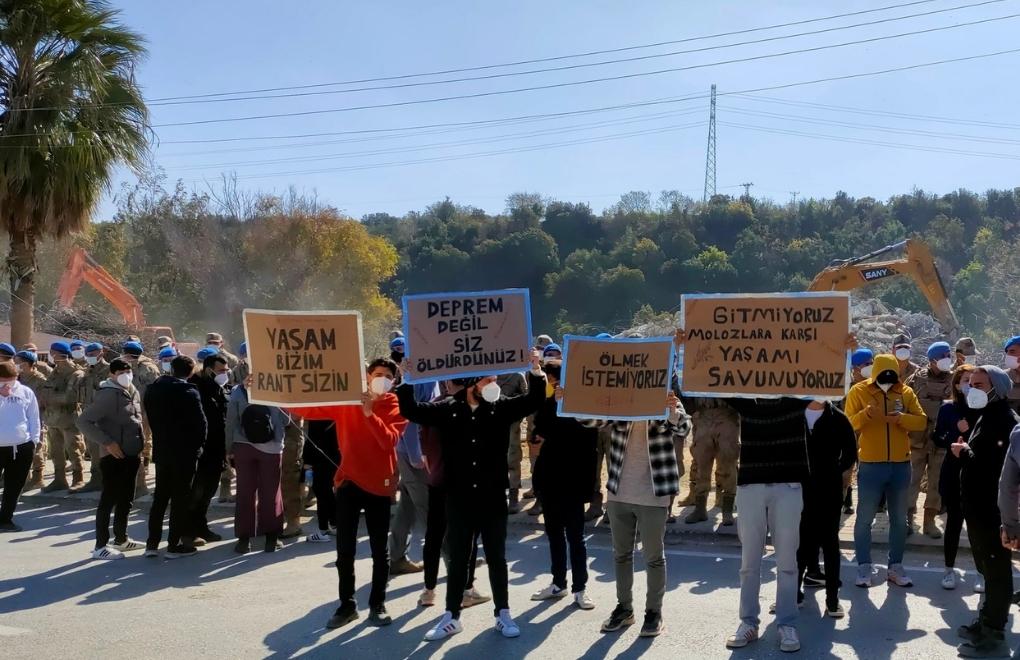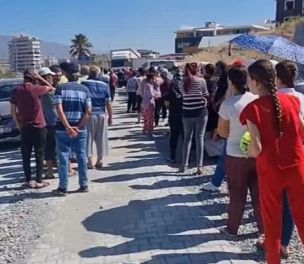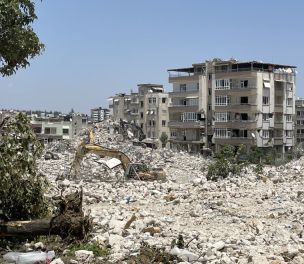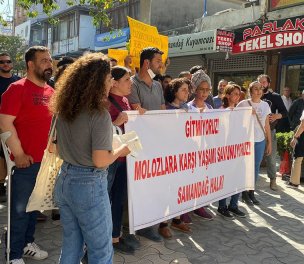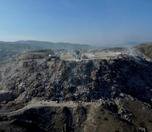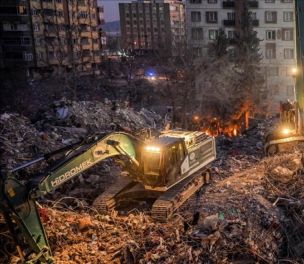Click to read the article in Turkish
A lawsuit was filed at the Hatay 2nd Administrative Court on April 19 to prevent the use of settlements, hospitals, places of worship, olive groves, and wetlands as dumping sites after the February earthquakes.
The lawsuit was filed by labor, professional, and environmental organizations, including the Turkish Medical Association, the Chamber of Environmental Engineers of the Union of Chambers of Turkish Engineers and Architects, and the Hatay Bar Association.
The organizations stated that dumping construction debris containing 85,000 toxic substances in such areas poses a significant threat to the lives of the local population and future generations.
The storage of waste in agricultural areas, olive groves, and wetlands poses a serious danger to biodiversity, groundwater reserves, surface water sources, and quality agricultural land, the groups noted in their petition. Failure to address this danger could result in irreversible damage to both resources and public health, they said.
Since the quakes, environmental groups have been raising concerns that jumping debris near living areas can have serious negative consequences on both the environment and human health. Toxic substances found in the waste can cause respiratory issues, skin problems, and even cancer.
The lawsuit called for immediate suspension and cancellation of administrative actions in this direction and for the removal of the debris under the healthiest possible conditions for both human life and nature.
The earthquakes
On February 6th, two earthquakes with a magnitude of 7.7 and 7.6 struck the southern province of Maraş in Turkey, causing devastation across 11 provinces in the south and southeast of the country and northern parts of Syria.
Over 50,000 people have been confirmed dead, and more than 227,000 buildings were destroyed or severely damaged, according to government figures.
The latest report from the United Nations shows that the situation in the earthquake-affected area remains dire, with ongoing challenges exacerbating the crisis. Heavy rainfall and aftershocks have continued to wreak havoc in the region, further hampering relief efforts.
As a result, approximately 1.6 million people are still living in temporary shelters or makeshift tents, with limited access to essential services and basic living conditions. Additionally, three million people have been forced to flee their homes due to the disaster.
The environmental challenges in the region are further compounded by the illegal dumping of debris near living areas. (VC/VK)




